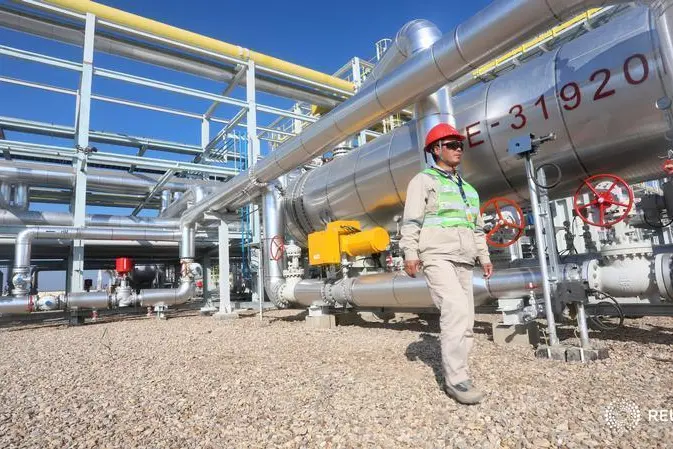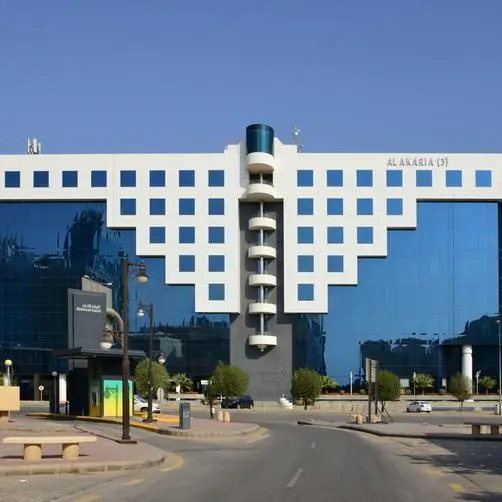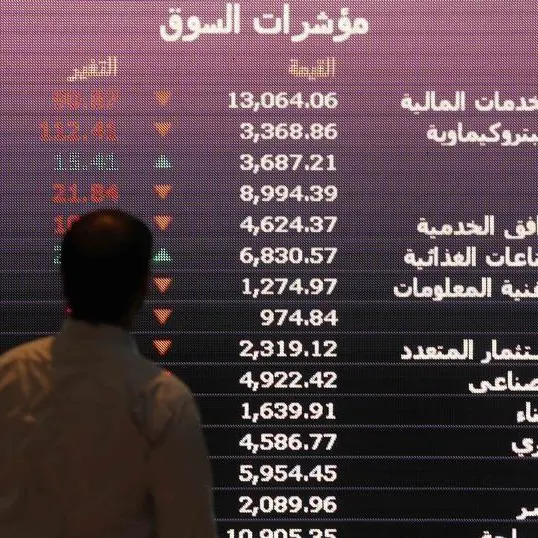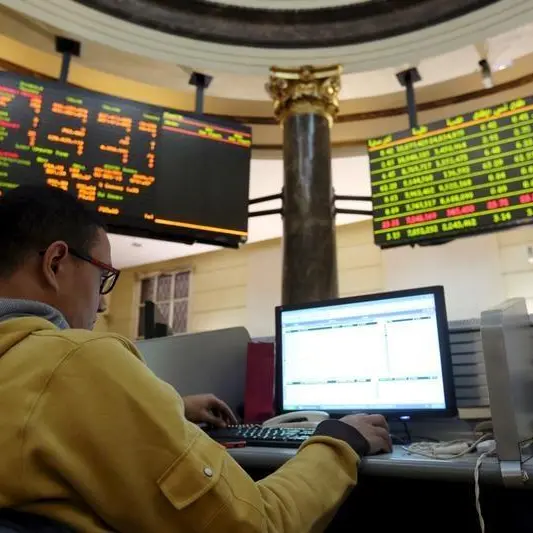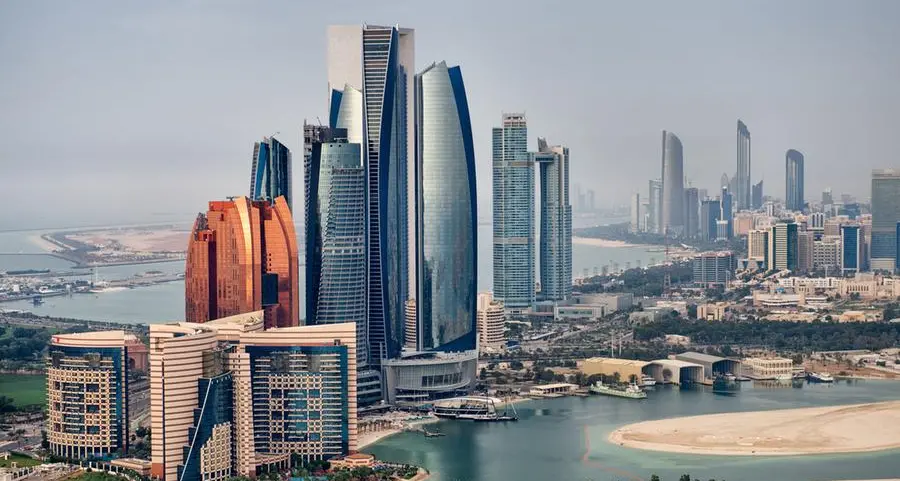PHOTO
With the start of the new year, bullish sentiments have returned to oil markets as Opec and its allies implemented 1.2 million bpd production cuts and expected US-China trade talks tomorrow eased global economic slowdown fears.
The price of oil, which collapsed more than 40 per cent in the fourth quarter of 2018, surged to its best weekly gain in more than two years. Brent rallied about 2 per cent and closed at $57.06 on Friday, ending the week up 9.3 per cent for its best showing since December 2016. US crude gained 5.8 per cent during the week and ended at $47.96 a barrel on the New York Mercantile Exchange.
Analysts attributed the oil price rally to multiple factors, including Libya's oil exports declining due to bad weather, strong US jobs data and the Federal Reserve's dovish comments on interest rates. The market took the lead from the Organisation of Petroleum Exporting Countries (Opec), Russia and other oil producers who cut supply by 1.2 million bpd from January 1 to shore up sagging prices.
"Market expectations for continued strong oil demand growth remain in place, despite concerns about slowing demand growth as a result of weaker economic growth, the impact of tariffs and a strong US dollar," said Steve Wood, Moody's managing director for oil and gas.
Latest data showed that Opec production fell 530,000 bpd - the largest monthly decline in two years - to 32.6 million in December. Saudi Arabia cut production by 420,000 bpd to 10.65 million last month from a record of just above 11 million in November.
"Very high Saudi and Russian production, in particular, has heightened supply volatility, so whether Opec and Russia maintain production discipline and renew agreements to limit output are key concerns going into the new year," Wood added. "We expect the medium-term price band for WTI crude will be $50-$70 per barrel."
Ehsan Khoman, head of Mena Research and Strategy at MUFG, said the 1.2 million bpd production cuts announced by Opec+ in Vienna last month will help rebalance the oil market in 2019.
"Fundamentals alone point to a $60-plus per barrel Brent market in the first quarter of 2019," Khoman said in the latest MUFG 2019 oil market outlook report.
US-China trade talks
Analysts said trade talks between the US and China in Beijing will set the future direction for global equity and oil markets. The two-day talks bolstered sentiment in financial markets on Friday and positive developments will extend the upward trend in equities and commodities.
"The outlook for commodities is modestly positive despite a challenging global macro environment. We forecast Brent and WTI crude oil prices to average $70 and $59 per barrel, respectively, in 2019," said Candace Browning, head of BofA Merrill Lynch Global Research.
Experts are of the view that the oil market is expected to achieve stability as more countries fulfill their production cut commitments in line with the policy decision taken at the Vienna meeting last month. The focus now shifted to oil producers' commitment to deliver further curbs in January to implement the deal fully, they said.
Suhail bin Mohammed Faraj Faris Al Mazrouei, UAE Minister of Energy and Industry, had already said that the 26 million-barrel surplus in the oil market is expected to vanish in one or two months. There were 340 million barrels oil surplus in early-2017.
"I think we can easily do with this surplus and reach market rebalance in one or two months... in the first quarter of next year," the minister said last month at a Press conference in Kuwait City.
Al Mazrouei, who is also Opec president, also made it clear that producers are ready to renew the agreement or increase cuts in case the market does not balance.
"If the production cuts of 1.2 million barrels a day is not enough, we will meet again to see what is enough and apply it," he said.
Copyright © 2019 Khaleej Times. All Rights Reserved. Provided by SyndiGate Media Inc. (Syndigate.info).
